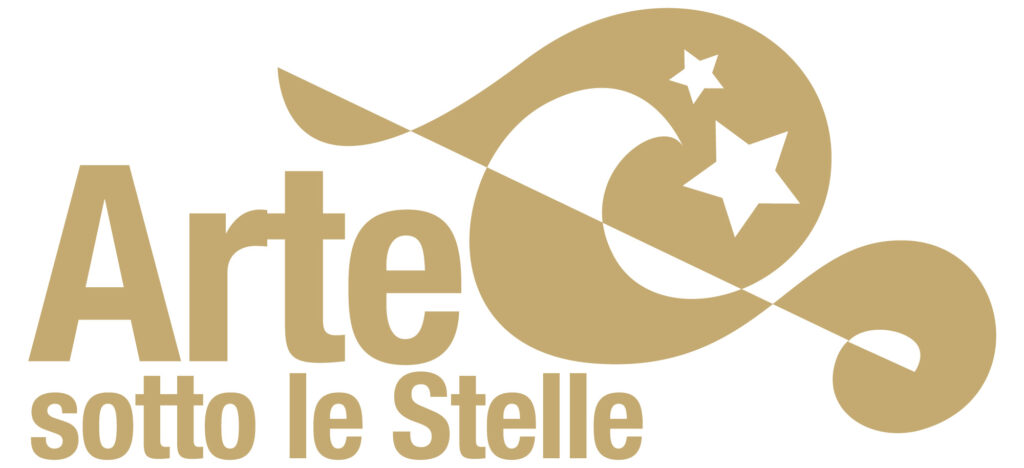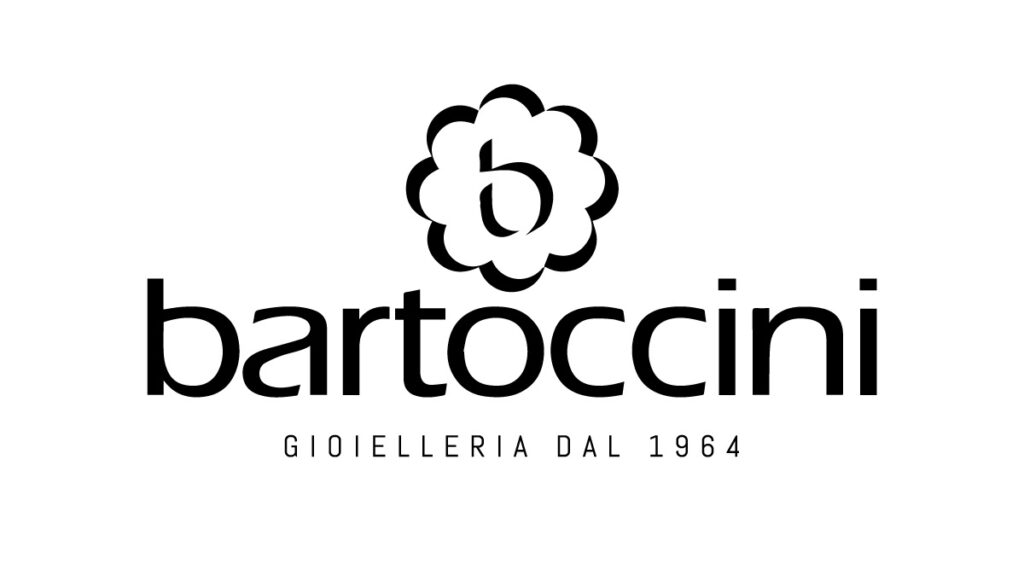Ascension of Christ and Eternal Blessing – Musée des Beaux-Arts – Lyon
Conceived as the central compartment of the Polyptych of San Pietro, the scene portrays in the upper register Jesus in an almond of cherubim as he ascends into heaven, surrounded by singing angels and seraphim carrying festoons. In the lower part, immersed in the gently shaded hilly landscape typical of Perugino’s production, the Madonna and the apostles attend the scene.
The composition is pleasant, symmetrical and balanced; all the figures recall classical aesthetic ideals, the expressions on the faces are calm, the wonder is always composed and not expressed in a striking way. The clothes, strongly draped around their bodies and in bright but softly nuanced colors, give an appearance of elegant monumentality to the characters.
The cymatium, before the dismemberment of the Polyptych, was just above the central compartment representing the Ascension of Christ: the figure of the Eternal is in fact represented as he turns downwards, his gaze directed towards the scene originally below Him, with his right hand raised as a sign of blessing. On his sides, resting on gentle clouds, an array of angels and cherubim attend the scene.
After a first dismemberment of the Polyptych in the last decade of the sixteenth century by the architect Martelli during the renovation works of the church of San Pietro (for which it was designated), in 1797, during the French requisitions, parts of the Polyptych were transported to France and never returned to Italy.
Both the Eternal Blessing and the Ascension of Christ are in fact currently preserved at the Musée des Beaux-Arts de Lyon.










